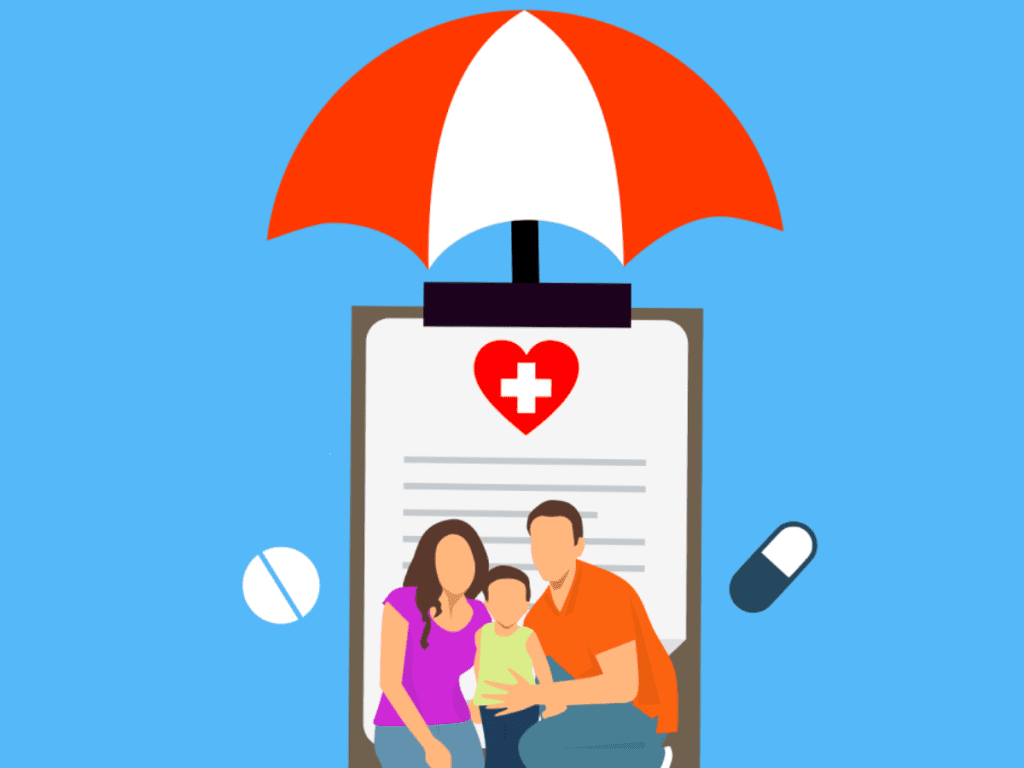Introduction
Health insurance is one of the cornerstones of financial planning and security, particularly when it comes to managing medical emergencies. The unexpected nature of medical emergencies, along with their associated high costs, can create significant financial stress for individuals and families. In many cases, the lack of proper health insurance can lead to overwhelming medical debt, or worse, individuals may avoid seeking necessary treatment due to the fear of incurring high medical costs. However, having adequate health insurance can play a pivotal role in alleviating these financial burdens, allowing individuals to access the care they need without the fear of financial ruin.
The Role of Health Insurance in Managing Medical Costs
The primary role of health insurance is to cover the cost of medical services, including doctor visits, hospital stays, prescription medications, surgeries, and other necessary treatments. In the event of a medical emergency, the costs of care can be exorbitant. For instance, emergency room visits, especially for life-threatening conditions, can quickly escalate to thousands of dollars, even before treatments and follow-up care are considered.
Without health insurance, individuals would be responsible for covering these costs out of pocket, which can lead to overwhelming financial strain. Health insurance mitigates this burden by covering a significant portion of these costs, often leaving individuals with a manageable copay or deductible, rather than a crippling financial debt. In addition, health insurance typically covers a broad range of services, ensuring that individuals can receive timely and appropriate care without financial obstacles standing in their way.
Preventing the Risk of Medical Bankruptcy
Medical emergencies are one of the leading causes of bankruptcy in many countries, particularly in the United States, where healthcare costs are notoriously high. A medical emergency, such as a heart attack, stroke, or severe accident, often requires immediate and extensive treatment, including surgeries, diagnostic tests, hospitalization, and sometimes long-term rehabilitation.
Without health insurance, these expenses can quickly become unmanageable, and many individuals are forced to take on significant debt or make difficult financial decisions. In the worst-case scenario, a lack of health insurance may result in individuals filing for bankruptcy in order to discharge medical debt.
Health insurance reduces this risk by ensuring that medical expenses are largely covered, allowing individuals to focus on their recovery rather than financial survival. By spreading the cost of healthcare over time through premiums and copays, health insurance offers a safety net that can prevent individuals from falling into financial distress due to unforeseen medical emergencies.
Financial Protection from High Deductibles and Copays
Even with health insurance, individuals may still be responsible for paying a portion of their medical costs. These out-of-pocket expenses typically come in the form of deductibles, copays, and coinsurance. A deductible is the amount of money a person must pay before their health insurance coverage kicks in, while copays are fixed amounts that individuals must pay for certain services, such as doctor visits or prescription drugs. Coinsurance is the percentage of the total cost of services that the insured individual must pay after meeting their deductible.
While these out-of-pocket costs may seem significant, they are generally much lower than the full cost of medical treatments. Health insurance helps prevent individuals from having to pay the entire amount, and many plans cap the amount of money a person must pay in a year, offering further protection from catastrophic financial loss.
Additionally, certain health insurance policies include provisions such as health savings accounts (HSAs) or flexible spending accounts (FSAs) that allow individuals to save money tax-free for healthcare expenses. These savings can help individuals cover deductibles and copays more easily, further alleviating the financial burden during medical emergencies.
Access to Timely and Appropriate Care
One of the most significant advantages of health insurance is that it provides individuals with access to timely and appropriate care. In the event of a medical emergency, immediate access to healthcare services can be the difference between life and death. However, without health insurance, many individuals delay seeking care due to concerns about the cost of treatment. This delay can lead to worsened health outcomes, requiring more expensive treatments and longer recovery periods.
Health insurance encourages early intervention by making healthcare services more accessible. When individuals have insurance, they are more likely to seek medical help at the first signs of an emergency, reducing the risk of complications that could arise from untreated conditions. Timely care not only improves health outcomes but also reduces the overall cost of treatment, as catching a health issue early is typically less expensive than dealing with advanced stages of a condition.
Moreover, health insurance often provides access to a broad network of doctors, hospitals, and specialists, ensuring that individuals receive the best possible care for their needs. In emergency situations, this network can make the difference in securing the necessary treatments and specialists to address complex health issues promptly.
Preventing Delayed or Avoided Treatments
A major concern for uninsured individuals is the tendency to avoid or delay necessary medical treatment. This is especially common among people who do not have insurance coverage or have inadequate insurance plans. In emergencies, waiting to seek care can result in worsening health conditions that may require more aggressive treatment, ultimately increasing the overall cost of care.
Health insurance eliminates this barrier by making medical services more affordable and accessible. Knowing that they are covered, individuals are more likely to seek prompt medical attention, which can lead to better recovery outcomes and lower long-term healthcare costs. In fact, some studies have shown that individuals with health insurance are more likely to receive preventive care and timely medical interventions, helping to avoid the escalation of minor health issues into major emergencies.
Access to Preventive Care and Early Detection
In addition to covering the costs of emergency medical care, many health insurance plans offer coverage for preventive services, such as screenings, vaccinations, and regular check-ups. These services can help detect potential health problems before they become emergencies. Preventive care is essential in managing long-term health, as it can identify chronic conditions, such as diabetes, high blood pressure, and high cholesterol, at an early stage. Early diagnosis allows for more manageable treatment plans, reducing the likelihood of expensive medical emergencies later on.
By promoting regular check-ups and screenings, health insurance encourages individuals to stay proactive about their health, helping to reduce the need for emergency interventions. This not only improves individual health outcomes but also helps reduce the overall financial burden of healthcare, as prevention is often less expensive than emergency treatment.
Insurance Coverage for Ambulance and Emergency Services
Emergency medical services, including ambulance transportation, can be extremely costly, especially in critical situations where immediate transport to the hospital is necessary. For individuals without insurance, ambulance fees can add up quickly, potentially costing hundreds or even thousands of dollars for a single trip.
Health insurance generally covers ambulance and emergency transportation services, which can be a crucial financial relief during medical emergencies. This coverage ensures that individuals are not burdened with the high costs of getting to a medical facility when they need urgent care, thus helping to prevent financial difficulties that could arise from an unexpected medical transport fee.
Conclusion
Health insurance serves as a vital tool in preventing the financial burdens that medical emergencies can cause. By covering the majority of medical expenses, reducing the risk of medical bankruptcy, and ensuring timely and appropriate care, health insurance protects individuals from the overwhelming costs of medical crises. It also encourages preventive care, reduces the likelihood of delayed treatments, and offers financial protection from high out-of-pocket costs. Ultimately, health insurance plays a critical role in safeguarding not only individuals’ health but also their financial well-being, providing peace of mind that they will not have to face life-altering financial hardships in the event of an unexpected medical emergency.

